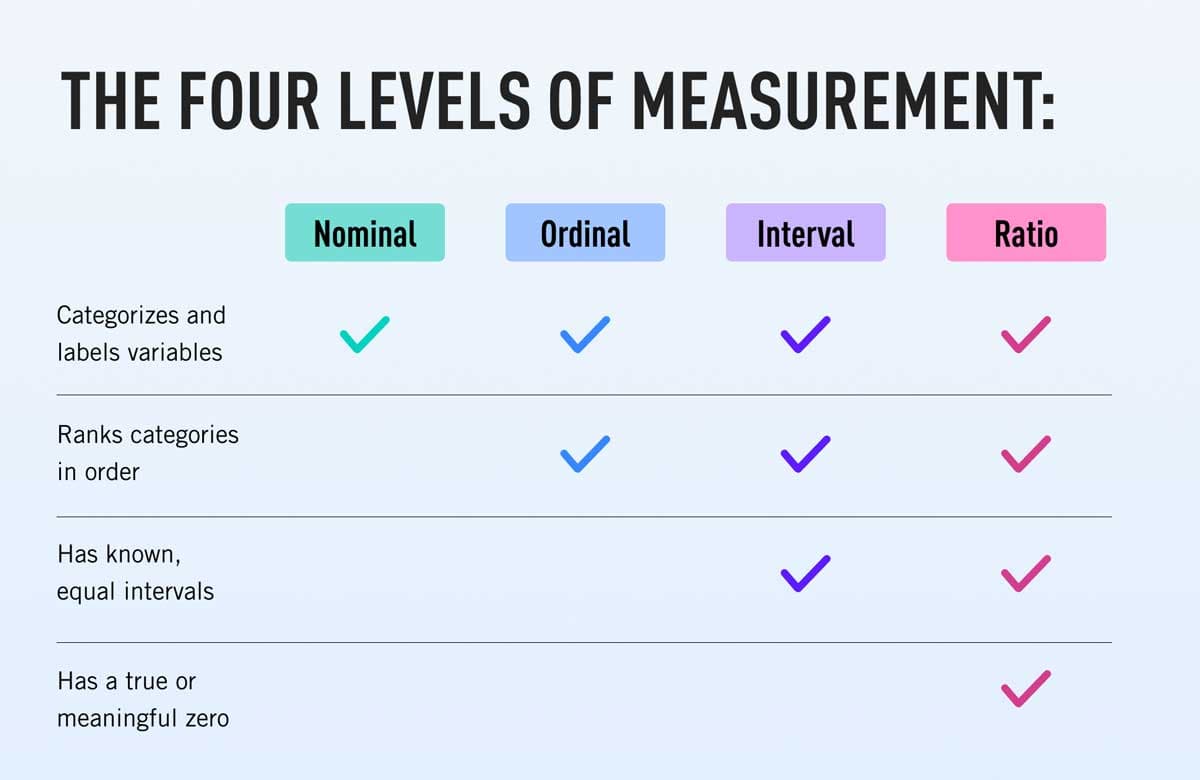RM1 Step 3a: Operationalise your variable (+ validity)
1/24
There's no tags or description
Looks like no tags are added yet.
Name | Mastery | Learn | Test | Matching | Spaced |
|---|
No study sessions yet.
25 Terms
Step 3
Operationalise your variables
Constructs
Constructed variables that cannot be seen but can manifest through observable behaviour eg. love, happiness, intelligence
Operationalisation
A procedure for indirectly measuring a construct through the indication of its existence by other phenomena
i.e. converting an abstract variable (construct) into a concrete entity (operational definition) that can be observed and studied
Eg. Intelligence = construct, IQ test = operational definition
How do we evaluate the quality of our measurement procedure?
Using validity and reliability
Validity
The degree to which the measurement process measures the variable that it claims to measure
6 types of validities: (FCCCCD)
Face validity
Content validity
Criterion validity (concurrent & predictive)
Construct validity
Convergent validity
Divergent validity
Face validity
Whether it LOOKS/SEEMS like it measures the variable it claims to measure
Advantage
High convincing rate (people are more accepting of a measure when it has high FV)
Limitations
Subjective judgment, least useful type of validity
Could be wrong (eg. AI face recognition seems to analyse facial features deeply, but is a bad indicator of emotions)
Content validity
Whether it covers the entire scope/domain of a construct
Criterion validity
Whether it can accurately manifest the construct into a behaviour
2 types of criterion validity:
Concurrent validity
Predictive validity
Concurrent validity
Whether a measure can predict current behaviour
Predictive validity
Whether a measure can predict future behaviour
Construct validity
Whether a measure testing for a particular construct correlates with another measure testing for the same construct, and not correlate with a measure testing for a different construct
When is it useful?
When a construct has no well-established criterion
2 sub-categories of construct validities:
Convergent validity
Divergent validity
Convergent validity
Whether results on similar tests are positively correlated
When is it useful?
Used to seek confirmation that a test is really measuring what it claims to measure
Divergent validity
Whether results on a test of an unrelated construct have no correlation with your test; weak correlation
4 Scales of measurements: (NOIR)

3 Modalities/Ways of measurements: (SPB)
Self-report measures
Physiological measures
Behavioural measures
Pros and Cons of Self-report measures
(+)
easy, direct and convenient
(-):
easy for participants to distort
Pros and Cons of Physiological measures
(+)
very objective
equipment use provides accurate, reliable, and well-defined measurements that are not affected by subjective interpretations
(-):
the presence of monitoring devices can create an unnatural situation for participants
tend to be low in criterion validity (no evidence it can predict current/future behaviour) and low in construct validity (a physiological response like heart rate doesn't solely represent one psychological construct, can be influenced by many other factors)
Pros and Cons of Behavioural measures (non self-report measures)
(+)
vast options in selecting the behaviour that best defines and measures the constructs
(-):
behaviours can be influenced by temporal situations → best to measure a cluster of related behaviours rather than rely on a single one